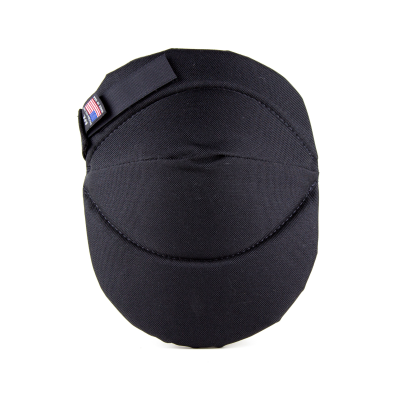
What are joints?
Your joints are places where two or more bones come together. Your shoulders, elbows, hips, knees, and knuckles are all joints. Your spine has joints, too.
But joints are more than bones. They include the soft tissues around them, such as cartilage, tendons and ligaments. Cartilage is the hard slippery flexible tissue that covers the ends of your bones at a joint. Tendons are tough, flexible bands that connect your muscles to your bones so you can move your joints. Ligaments connect the bones of the joint to each other to keep them stable when you move.
What are joint disorders?
Joint disorders are diseases or injuries that affect your joints. Injuries can happen because of overuse of a joint. Or you could have a sudden injury, such as an accident or a sports injury.
What diseases can affect the joints?
Many diseases can affect the joints. They often cause joint pain and make your joints stiff, red, or swollen. Most of them are chronic. That means they last a long time. Some may never go away completely. Some of the diseases that affect the joints include:
Arthritis. Arthritis may cause joint pain and swelling. There are many types of this disease. Osteoarthritis is the most common type. Over time, arthritis can cause severe joint damage. It can affect people of all ages. A joint injury when you're young may cause osteoarthritis later in life.
Lupus. This autoimmune disease affects many parts of the body and can cause joint and muscle pain. Some types of lupus often cause arthritis.
Sjögren's Syndrome. This autoimmune disease affects glands that make moisture in many parts of the body. The main symptoms are dry eyes and mouth, but it often causes joint pain, too.
Treatments are different depending on the disease. But most treatments include medicines and therapies to relieve pain and other symptoms.
What types of joint disorders happen from sudden injuries?
Joint disorders from sudden injuries include:
Sprains and strains. Sprains are stretched or torn ligaments. Acute strains are stretched or torn muscles or tendons that happen from a sudden injury or movement, such as lifting a heavy object.
Dislocated joints. A joint is dislocated when the bones are pushed or pulled out of position. A joint dislocation is a medical emergency.
Treatment depends on the type of injury. You can treat many sports injuries at home. But you should call your health care provider if you:
Have a lot of joint pain, swelling or numbness
Can't put weight on the joint
Have pain from an old injury with more swelling, an unstable joint, or a joint that isn't normal in another way
What types of joint disorders happen from overuse?
Overuse injuries usually damage the soft tissues of the joint. They can happen when you work a joint too hard by doing the same movements over and over. For example, you could get an overuse injury from playing a musical instrument, playing sports, or doing certain jobs, such as carpentry or painting.
Joint overuse injuries include:
Bursitis. The bursa is a small fluid-filled sac. It works as a pad between the bones of a joint and the moving parts around it, such as muscles, tendons and skin. With bursitis, the bursa becomes irritated and swollen with extra fluid. Overuse is the most common cause, but injuries, infections and other conditions, such as arthritis, can cause bursitis.
Tendinitis. This condition happens when you overuse a tendon. It swells and makes the joint painful to move.
Chronic strain. A strain becomes chronic when your muscles or tendons stretch or tear slowly over time from repeating the same movements.
The treatments for bursitis, tendinitis, and chronic strain are often the same. They usually include rest, keeping the injured joint higher than your heart, and taking medicine to reduce swelling. Your provider may recommend gentle exercise and other treatment. In some cases, your provider may suggest an injection (a shot) of medicine into the joint. If these do not help, you may need surgery.
How can I keep my joints healthy?
Getting enough physical activity is one of the most important things you can do to prevent or slow joint disorders. Activity strengthens the muscles around your joints and helps them work better.
When you play sports, wear the right equipment to protect your joints, such as knee pads. If you already have joint problems, ask your provider what type of activities are best for you.




